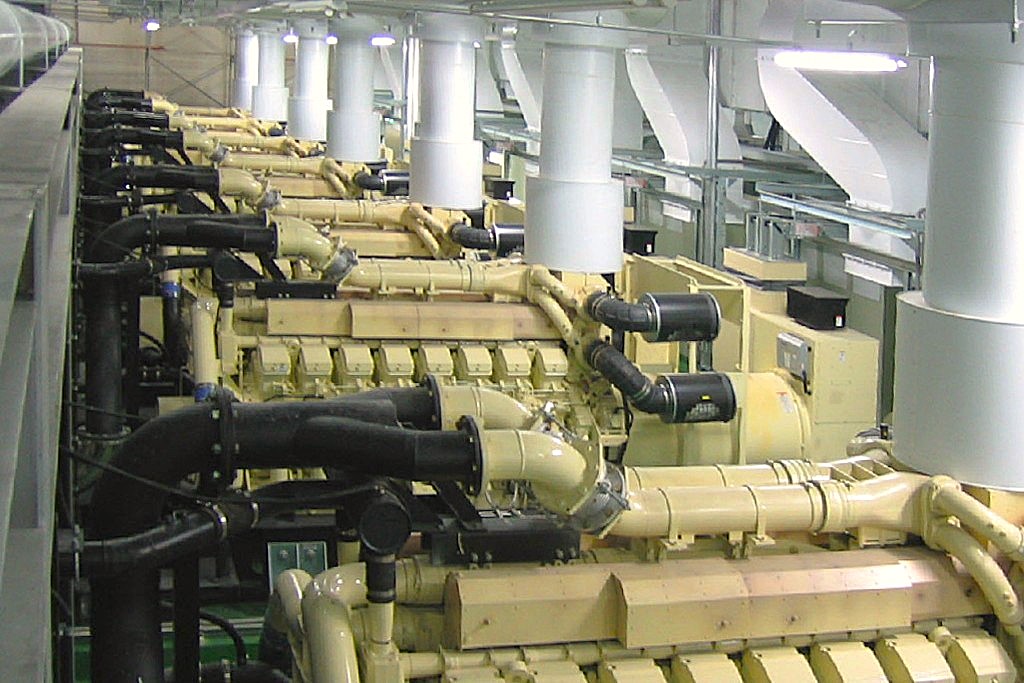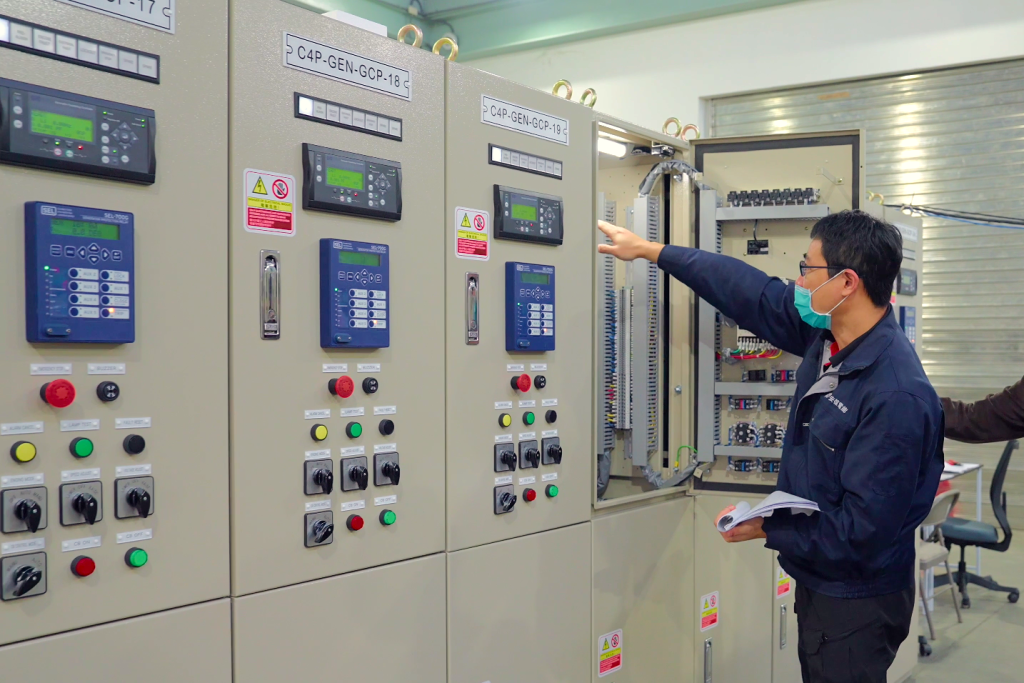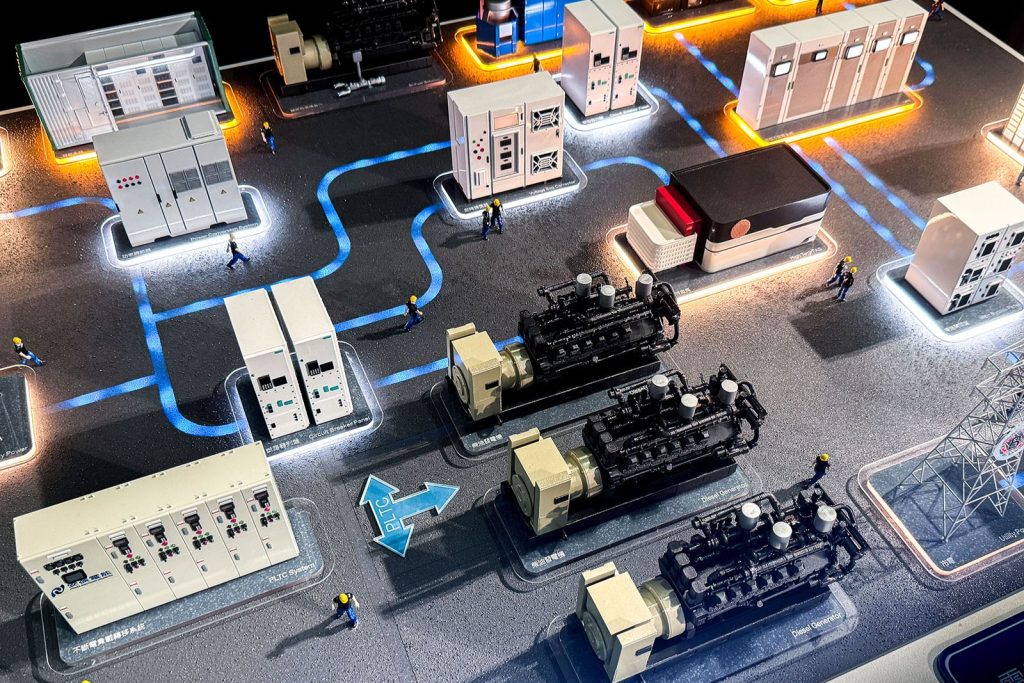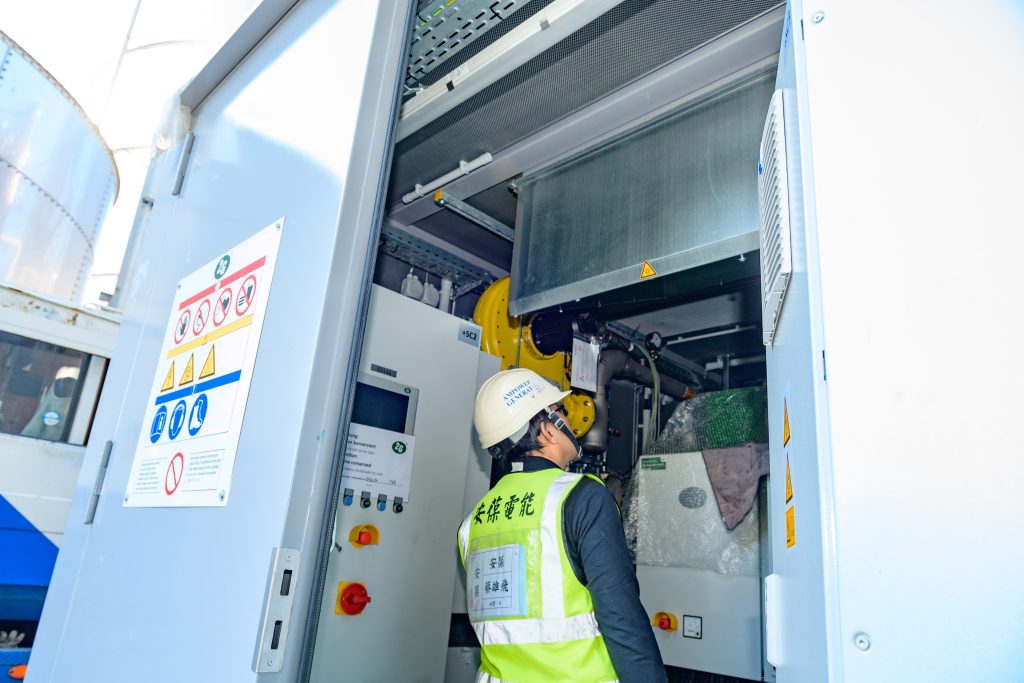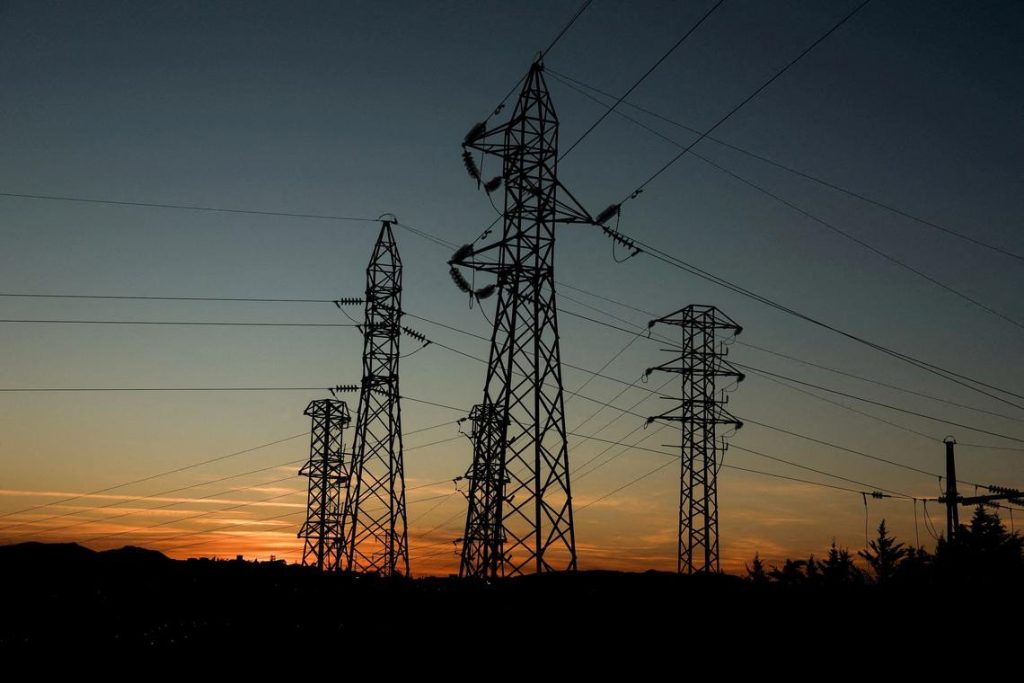
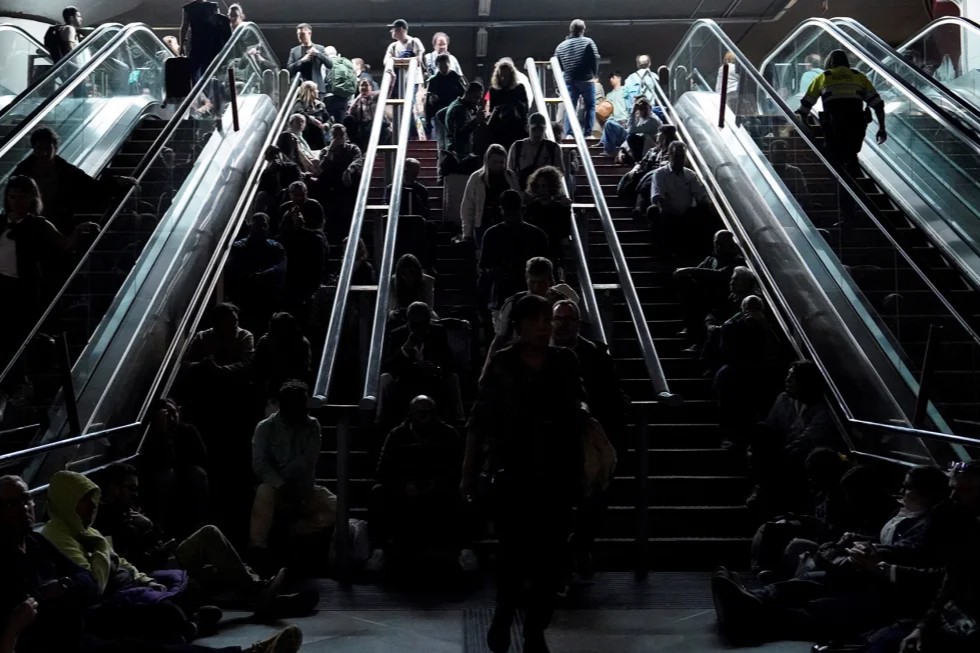
April 28—in just five seconds, Spain lost 15 gigawatts of electricity, cutting off power to more than 55 million people across the Iberian Peninsula. From Madrid to Lisbon, homes fell dark, businesses stalled, and chaos rippled through critical infrastructure.
What caused this massive failure? Could it happen again?
And what can businesses do to stay protected?

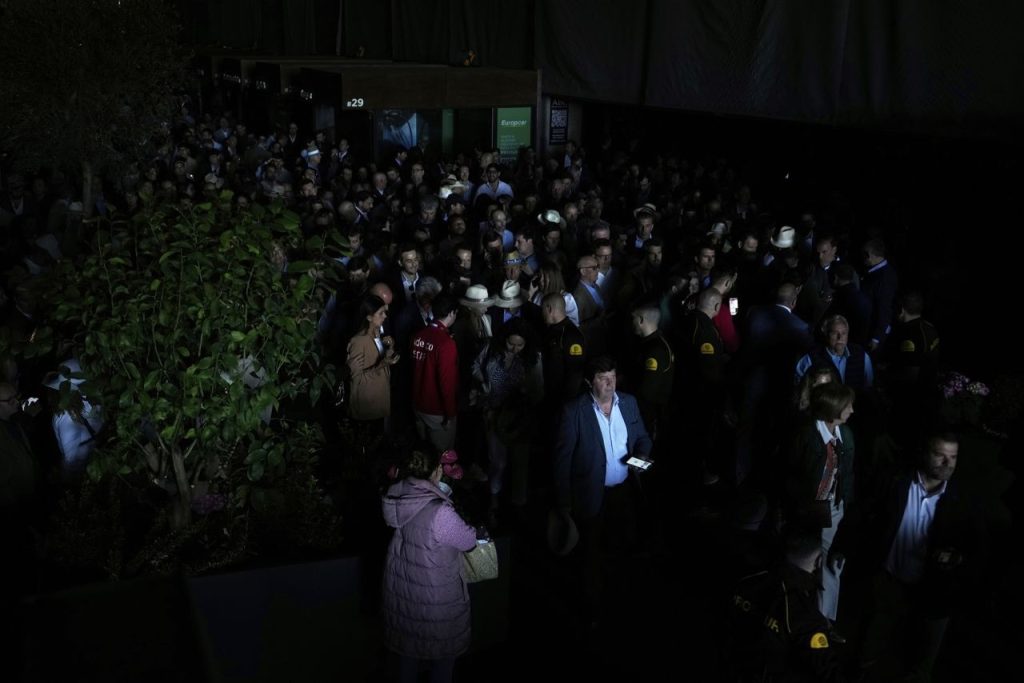
A Fragile System, Exposed in Seconds
Spain’s national grid operator, Red Eléctrica de España (REE), traced the incident to a sudden, severe frequency dip. Here’s how the crisis unfolded:
⚡ At 10:33 GMT, a massive voltage fluctuation triggered a rapid 15GW shortfall—over 60% of Spain’s power.
📉 Grid frequency fell below the EU standard of 50Hz, indicating an imbalance too extreme to correct in time.
🛑 Protection protocols shut down parts of the grid to prevent equipment damage, causing widespread blackouts in Spain, Portugal, and parts of France.
🔌 Power wasn’t fully restored until 23 hours later.
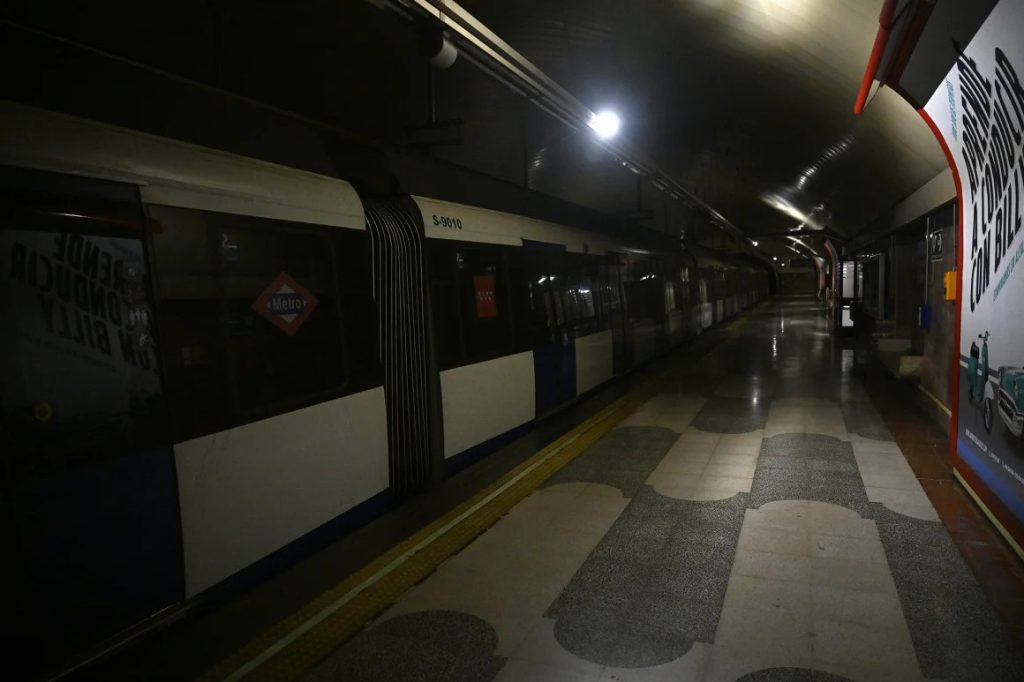

Root Causes: Not One, But Many
The Iberian Peninsula, often praised for its renewable energy leadership, was suddenly thrust into a different spotlight: energy vulnerability. Why did it fail?
1. Weak Interconnection
Iberia’s limited ties to the broader European grid left it unable to draw emergency support when the frequency dropped.
2. Over-Reliance on Renewables
At the time of the outage, renewables made up over 70% of generation—great for carbon goals, but risky without grid flexibility:
- Solar and wind generate based on weather, not demand.
- They provide no inertia to physically resist sudden changes in frequency, making it easier for the disruption to spiral.
3. Lack of Fast-Response Backup
When the system was hit with instability, fast-response backup systems weren’t available in sufficient numbers. In high-renewable grids, fast backup isn’t optional—it’s essential.
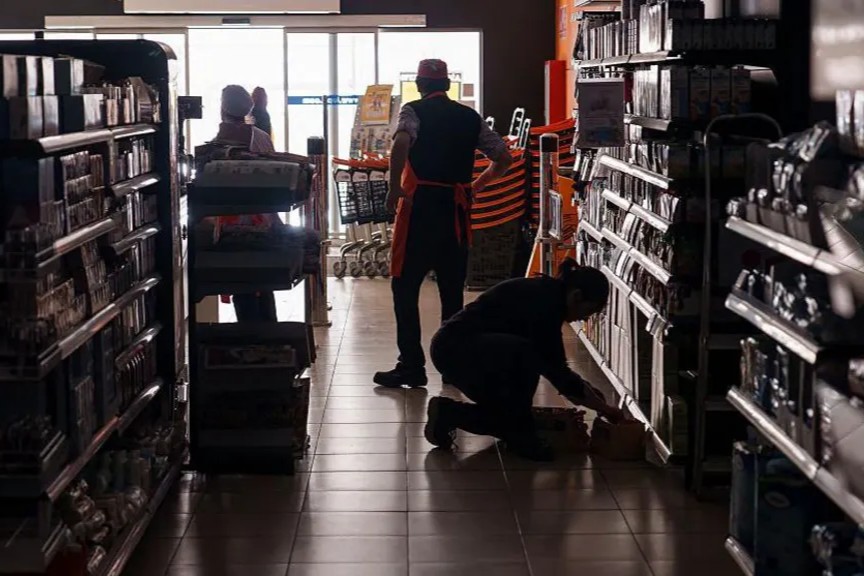

The Real-World Impact: Lights Out, Profits Lost
While most residents experienced inconvenience, the cost for major enterprises was far steeper:
- Manufacturing Stalled: Major plants in Catalonia and Basque Country halted full shifts. One automaker alone reported over €6 million in losses.
- IT & Data Centers Disrupted: Service interruptions at cloud facilities in Madrid and Lisbon damaged client trust and uptime guarantees, with estimated losses exceeding €30 million.
- Airports, Metros, Hospitals Affected: Backup systems worked, but non-critical services paused, causing scheduling chaos and safety concerns.
Early industry estimates suggest total economic losses well into the hundreds of millions of euros.
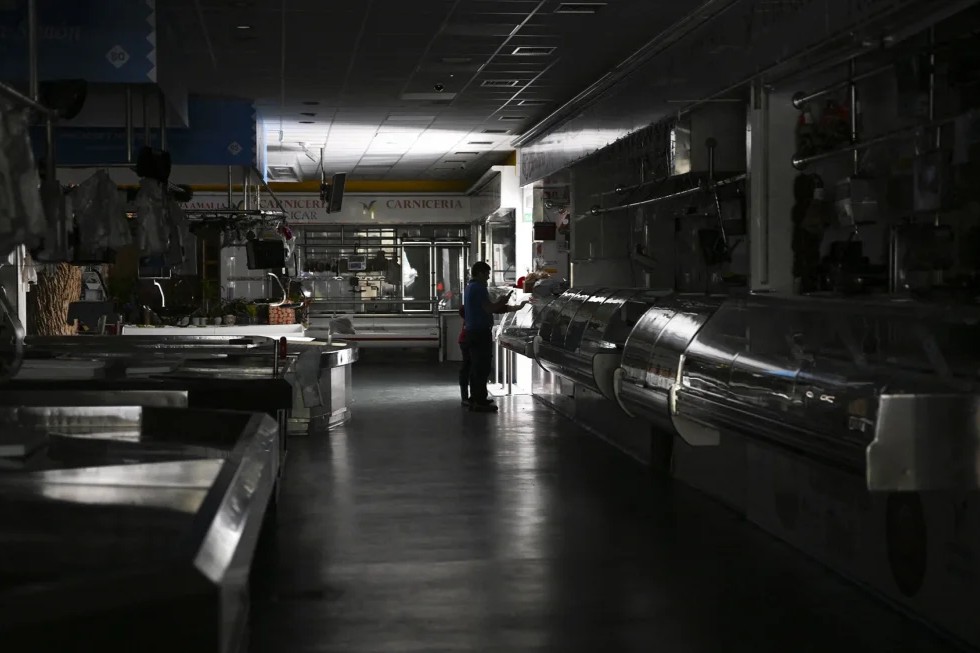

A Warning for the Future
Energy experts agree: this blackout isn’t an anomaly—it’s a warning. As grids shift toward cleaner energy, they also become more complex and sensitive to imbalance. So how do we prevent this? A mix of infrastructure investment and strategic energy diversification:
✅ Resilience, not just generation, is now key.
✅ Renewables must be paired with dispatchable power, storage, and automation.
✅ Infrastructure must evolve to keep up with energy transitions.
💡 AMPOWER Solutions: Ready When the Grid Isn’t
The April 28 blackout proved one thing: you can’t rely solely on the grid. With our end-to-end power generation and management systems, AMPOWER equips businesses to stay online, stay efficient, and stay in control, no matter what happens on the national grid. Here’s how:
🔋 Onsite Generation That Delivers
Our high-efficiency gas engines and fuel cells deliver reliable onsite power, cut operating costs, lower emissions, and boost long-term energy sustainability.
⚡ Seamless Backup, Zero Downtime
Our PLTC™ technology ensures instant, smooth load transfer to protect critical operations from costly downtime, data loss, or equipment damage.
The Bottom Line: Clean Energy Needs Smart Infrastructure
Blackouts like the one on April 28 won’t be the last. But with AMPOWER, they don’t have to mean losses. And that means planning not just for energy generation—but for everything that comes after. Welcome to consult with our experts today!
[ Photo: AP, EPA, Getty Images, Reuters ]


